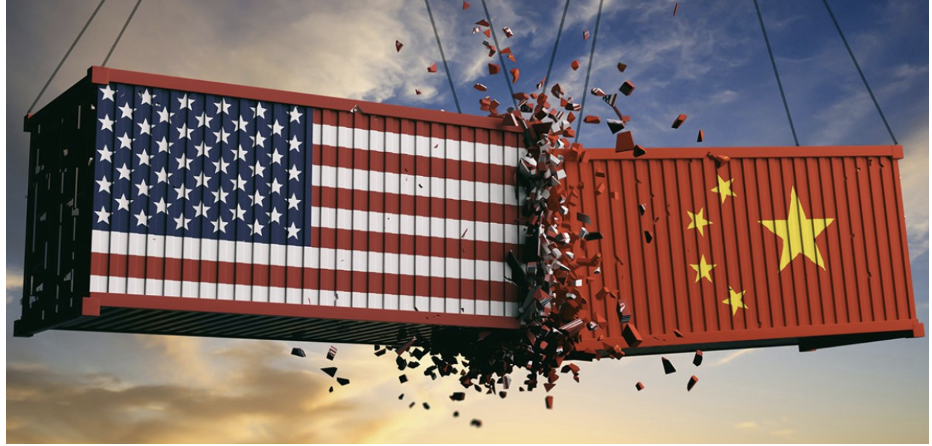
China has announced an ambitious initiative aimed at stimulating domestic consumption, a key move to counteract the economic challenges posed by increased U.S. tariffs under former President Donald Trump’s administration. The plan, revealed by the state-run Xinhua News Agency, outlines a broad spectrum of measures to encourage spending and sustain economic momentum.
While details remain scarce, the strategy focuses on increasing household incomes, providing childcare subsidies, and expanding an incentive program that rewards consumers for trading in old vehicles and electronic appliances. These measures align with Premier Li Qiang’s commitment to ensuring China’s economy remains on a stable trajectory despite global uncertainties.
Beijing has set an ambitious growth target of approximately 5% for the year, an objective that heavily relies on boosting domestic consumption. With slowing exports and a sluggish real estate market, policymakers recognize that internal demand must play a more significant role in sustaining economic stability.
China’s economy continues to grapple with weak consumer spending, uncertain job prospects, and prolonged downturns in the property sector. On the international front, the country faces mounting pressure as trade tensions with the U.S. escalate. This month, the U.S. government doubled tariffs on all Chinese imports to 20%, prompting Beijing to retaliate with new tariffs on American agricultural products.
Recent data from China’s National Bureau of Statistics (NBS) suggests that retail sales, a key consumption indicator, grew by 4.0% in the first two months of the year, up from 3.7% in December. While this increase aligns with economists’ forecasts, experts caution that the recovery may not be sustainable given ongoing economic headwinds.
Adding to these challenges, China continues to battle deflationary pressures, which discourage consumer spending as individuals anticipate further price declines. The latest figures from the NBS reveal that the Consumer Price Index (CPI) dropped by 0.7% in February compared to the previous year, marking its lowest level in over a year.
Despite these obstacles, China’s industrial production showed resilience, expanding by 5.9% in the first two months of the year, surpassing economists’ expectations of 5.3%. The government typically releases combined data for January and February to account for the variable timing of the Lunar New Year celebrations.
While China’s latest consumption-boosting initiative signals a proactive approach to economic challenges, experts remain cautious about its long-term impact. With global trade dynamics shifting and domestic challenges persisting, China’s path to sustained growth will require more than short-term stimulus measures.


